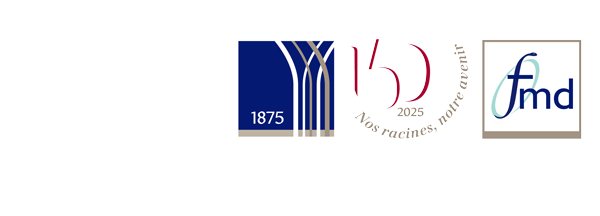Projets de Recherche
Dental Color matching: A comparison between visual and Digital shade selection in terms of repeatability in the anterior and posterior regions
Description :
A successful color match between a patient tooth and a restoration requires proper shade selection and replication. A method to consistently and accurately measure tooth color is important for improving the total replication process for dental restoration. (6) With the increase uses of IOS for dental impressions, newer models, such as the 3Shape TRIOS, have been developed to take the dental color simultaneously.(2) In 2018, Moussaoui published an analysis of the literature, in which he identified only three in vivo studies comparing the 3Shape TRIOS intraoral scanner with the visual method or other instrumental methods in dental shade matching.(3) The findings of these studies suggested that the TRIOS intraoral scanner could be used as an alternative to the visual method.(3) In 2019 Reyes et al showed that the 3Shape Trios intraoral scanner showed higher repeatability than the visual method in shade matching for dental prostheses, as it was better able to maintain its observations over time and suggest that this intraoral scanner can serve as a reference for dental health professionals and laboratory technicians.(2) However, the small number of studies published regarding the shade selection by intraoral scanner, the small sample size and the heterogeneity of the protocols and results of the studies present in the current literature creates a gap for the uses of IOS in dental color matching. Moreover, none of these studies compared the effect of the tooth position on the repeatability of the IOS and fewer compared the agreement rate between the visual and IOS in the 3-color dimension to see if this difference would be clinically acceptable or not. It is important to note that (∆E) obtained by two measurements of the same object can be interpreted as acceptable or perceptible to the human eyes (7). Acceptability means the agreement of the color of the restoration, while perceptibility indicates the detection of the (∆E) between both the tooth and the adjacent restoration (8). The threshold for a clinical acceptable deviation is described in the literature by a value of ΔE < 6.8. The range for perception lies between ΔE = 1 and ΔE = 3.7 (5). To overcome such limitations, the aim of this study is to • Compare the agreement rate (percentage) and color difference (ΔE) of the IOS with the visual shade identification for each color dimension in the Anterior and posterior region. • To find if this difference is clinically acceptable • To evaluate the impact of tooth position on the repeatability of the IOS for each color dimension
Titulaire :HADDAD (EL) Hélène
Contact USJ :
helene.haddad@usj.edu.lb
Projet présenté au CR, le : 01/06/2021
Projet achevé auprès du CR : 30/11/2022

